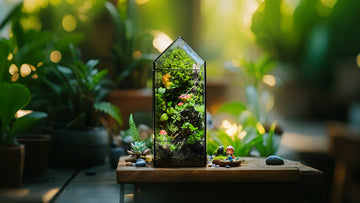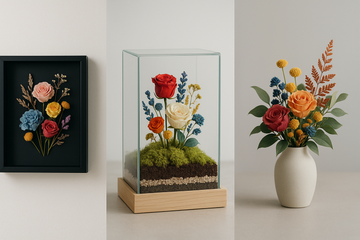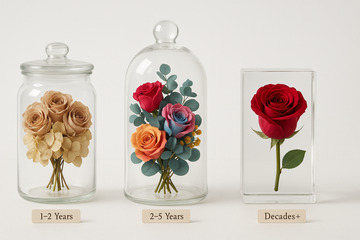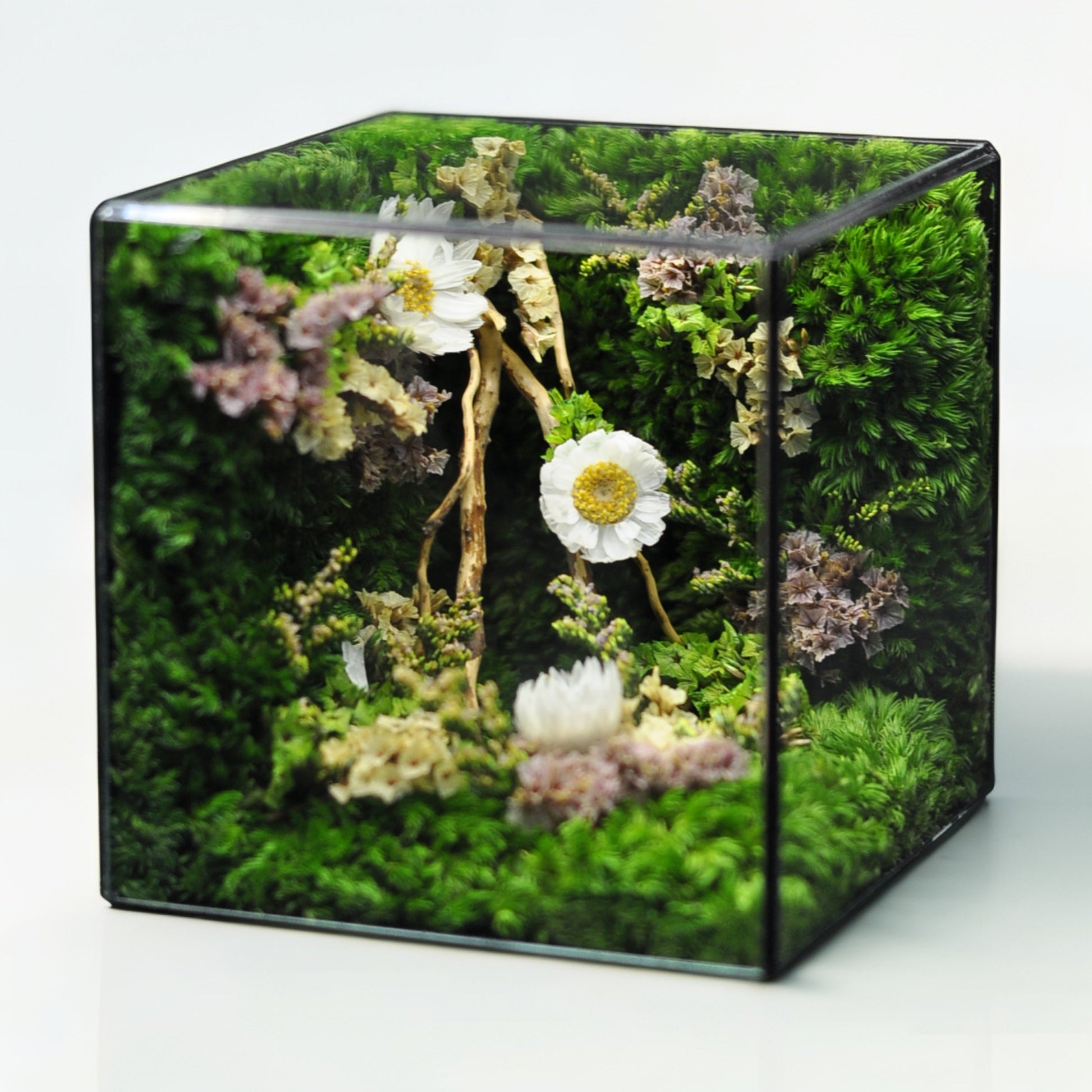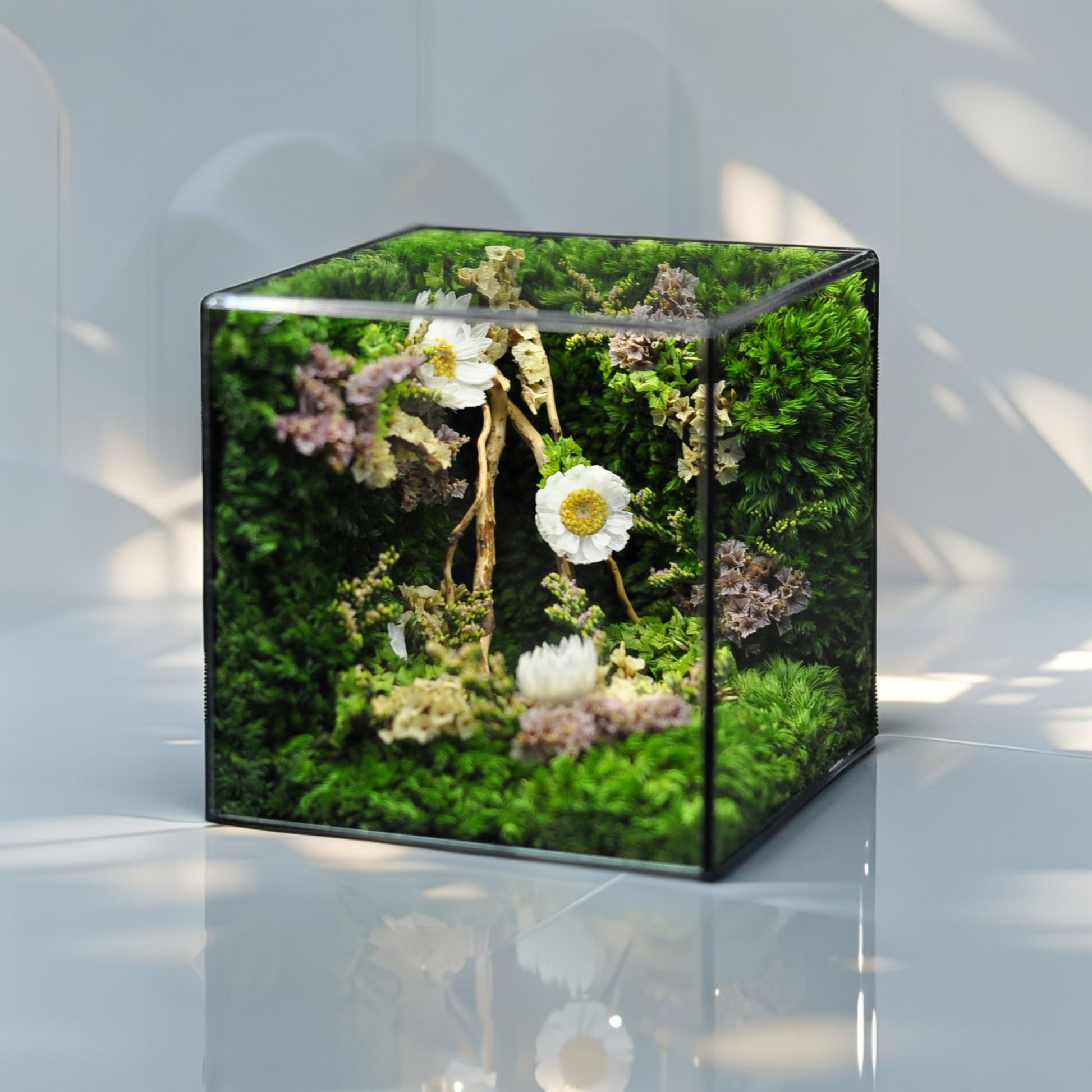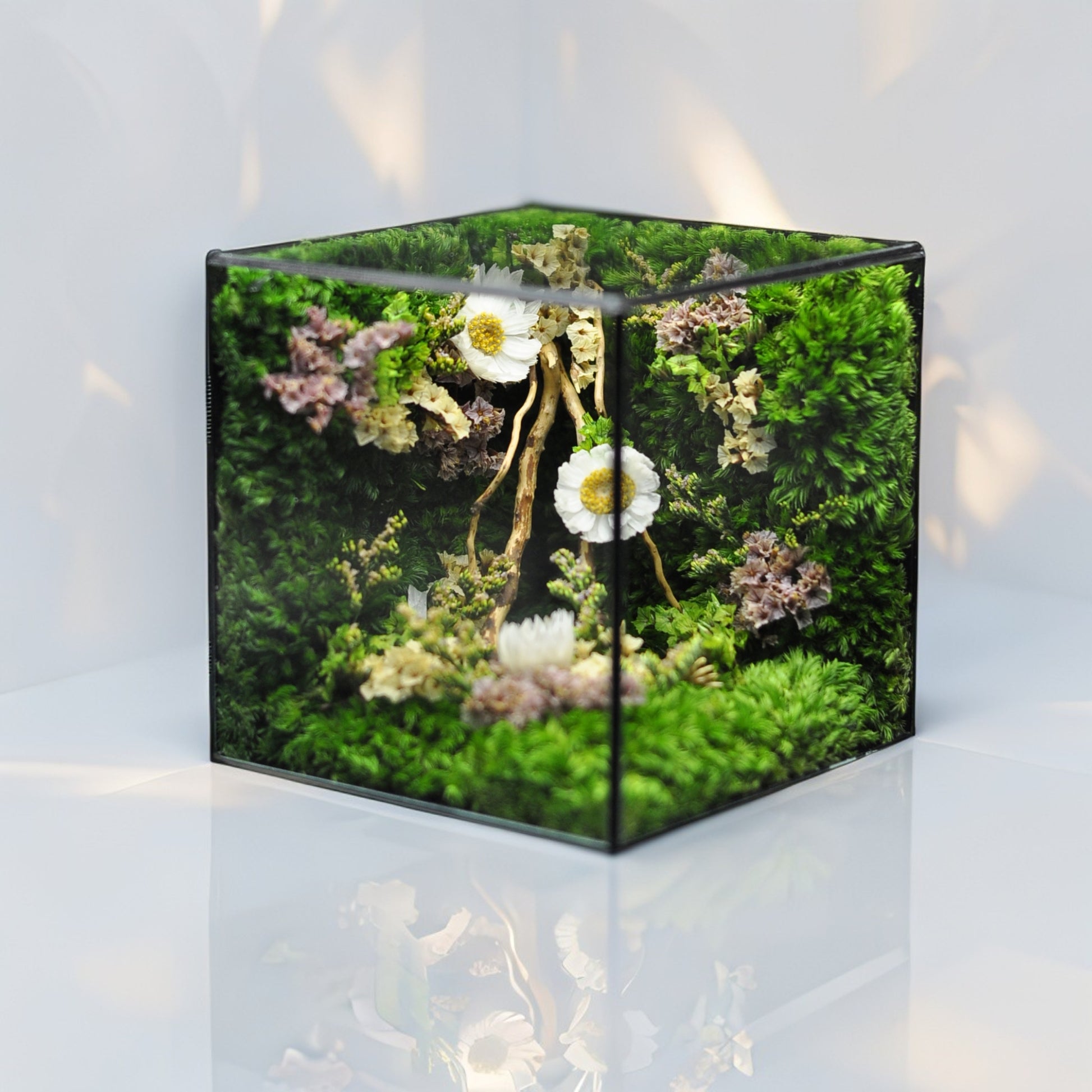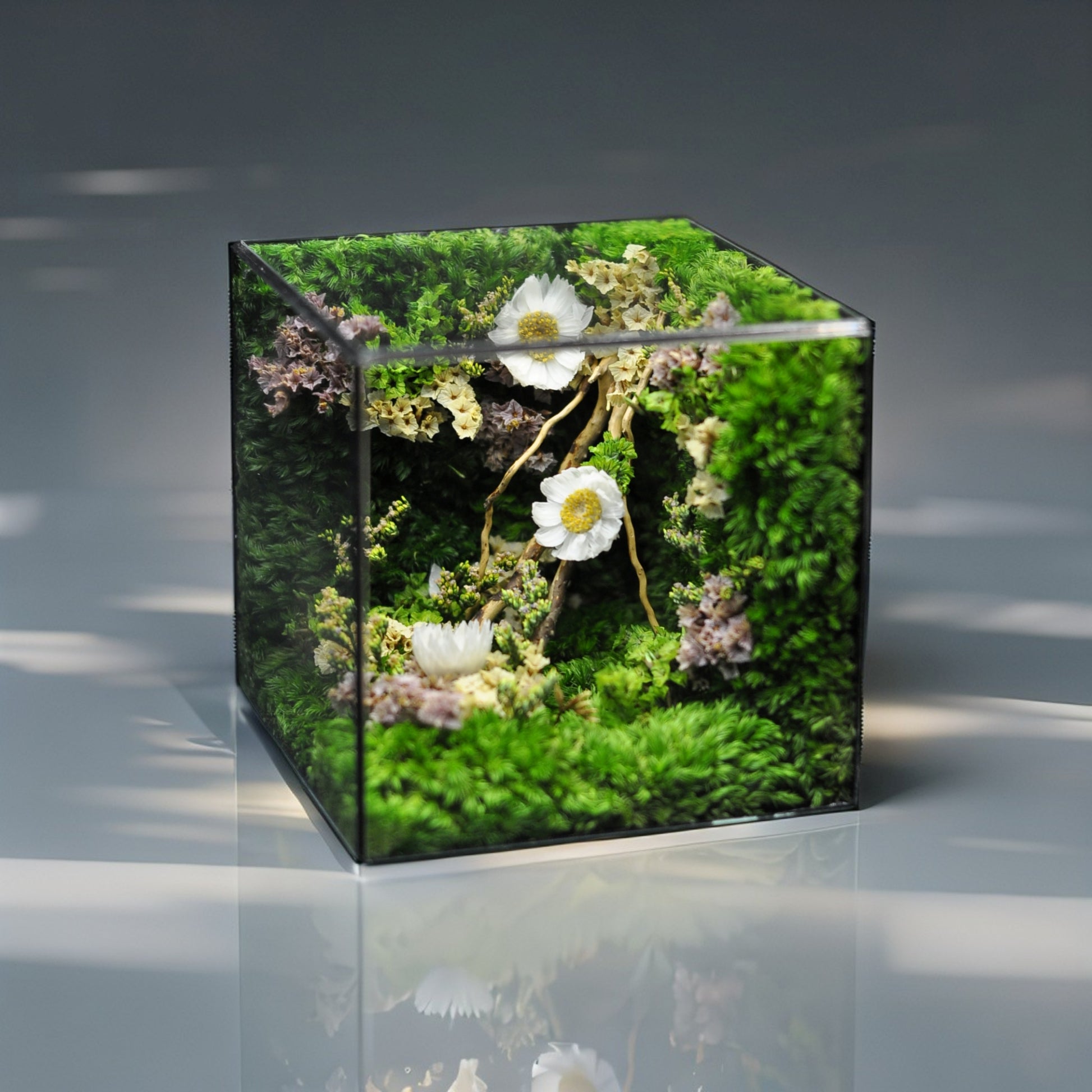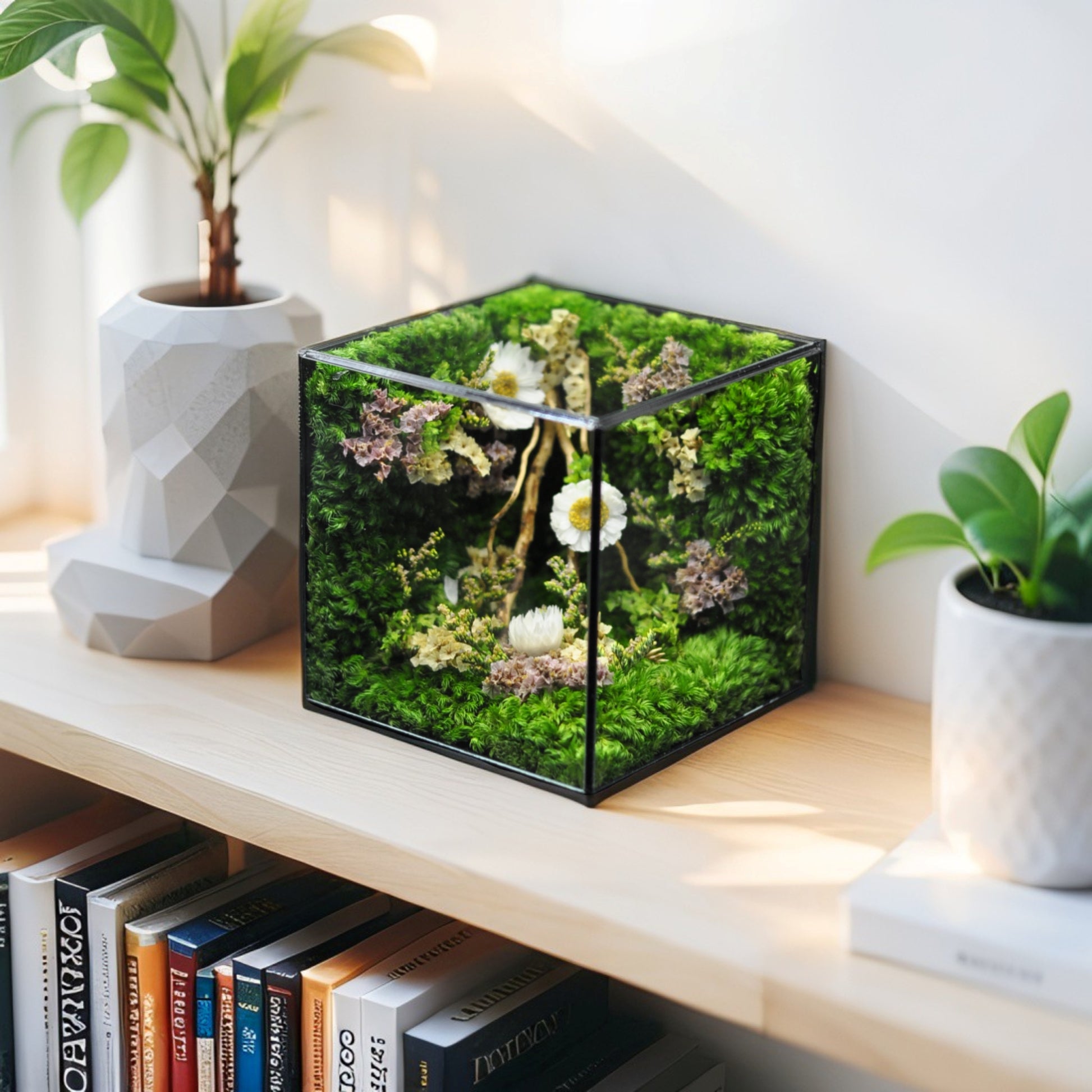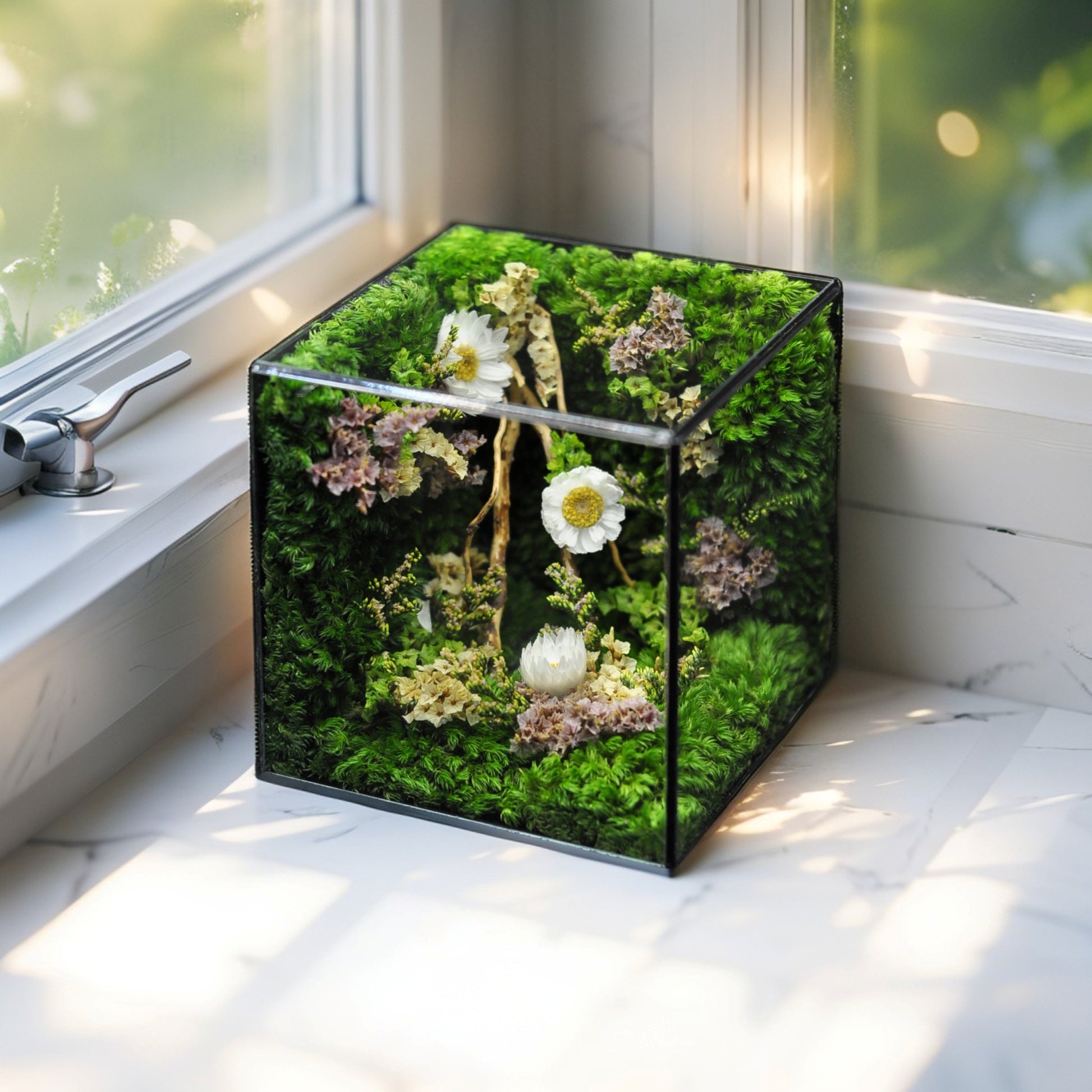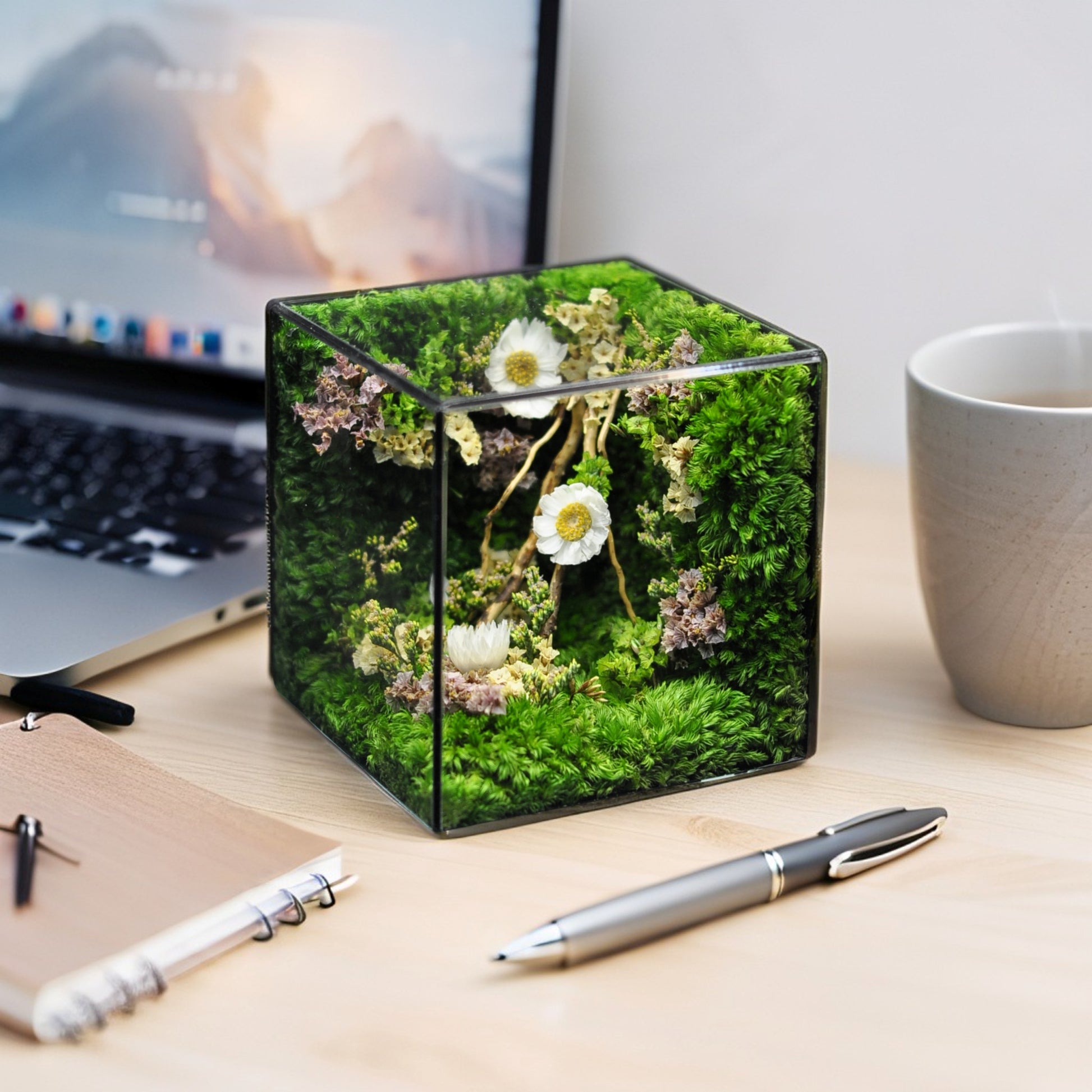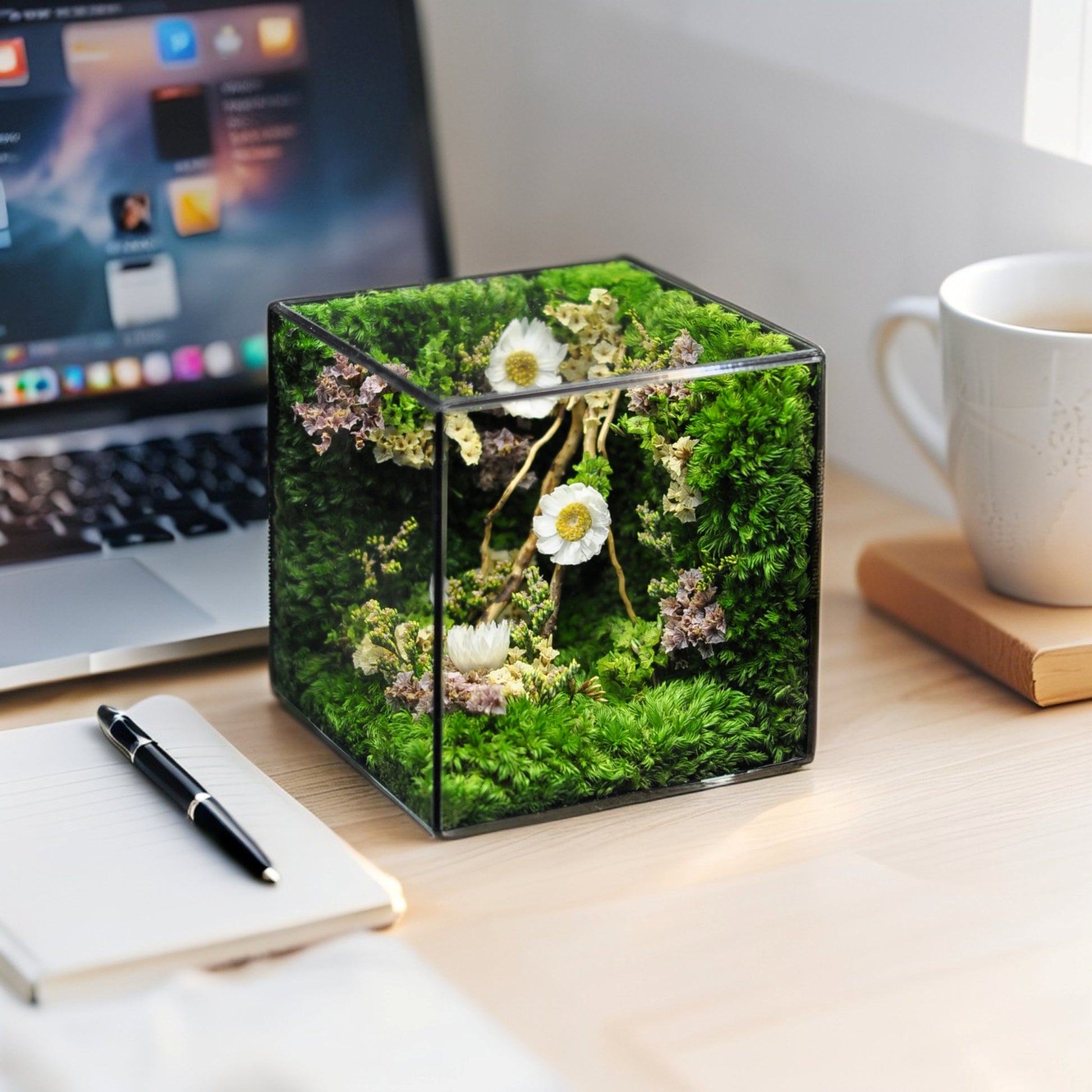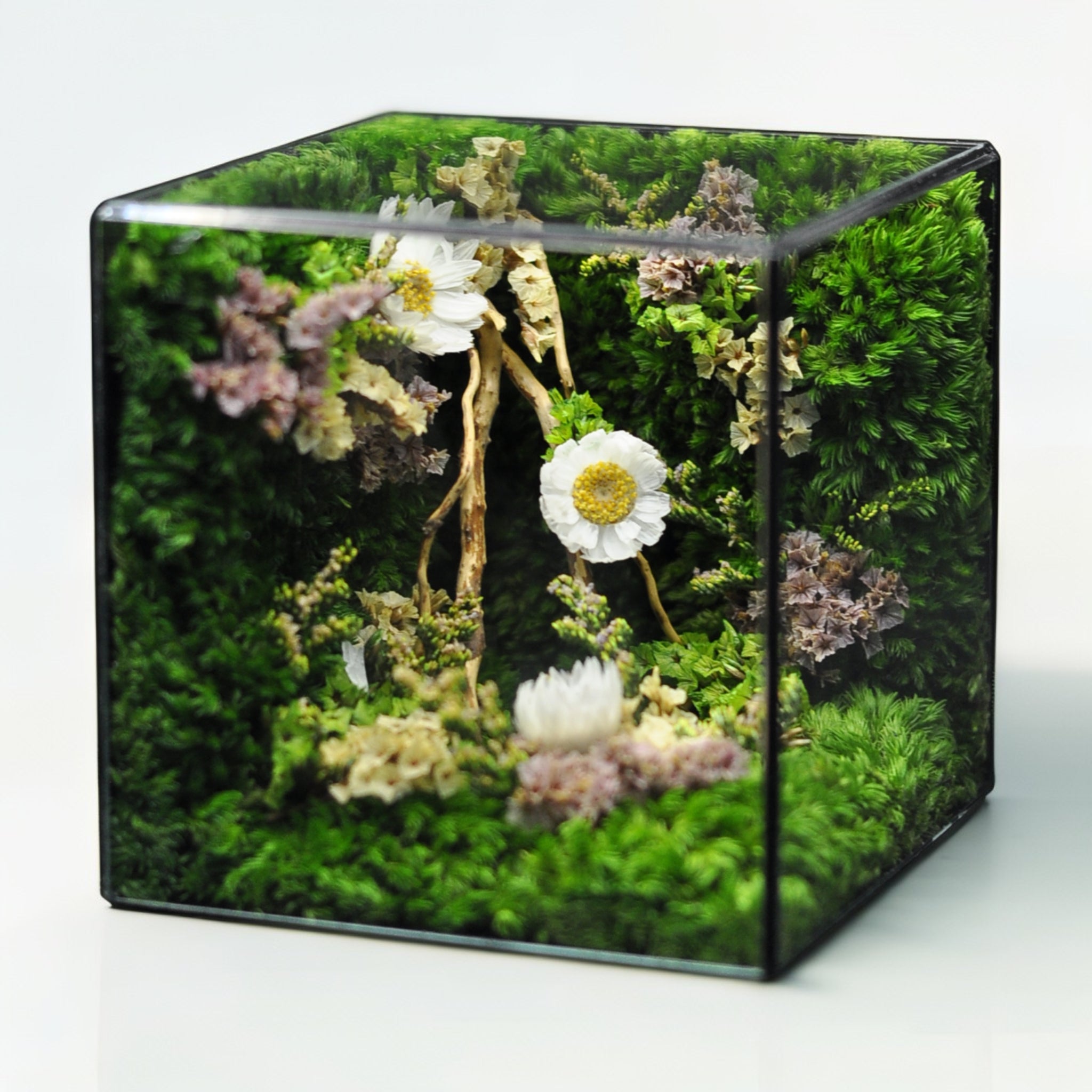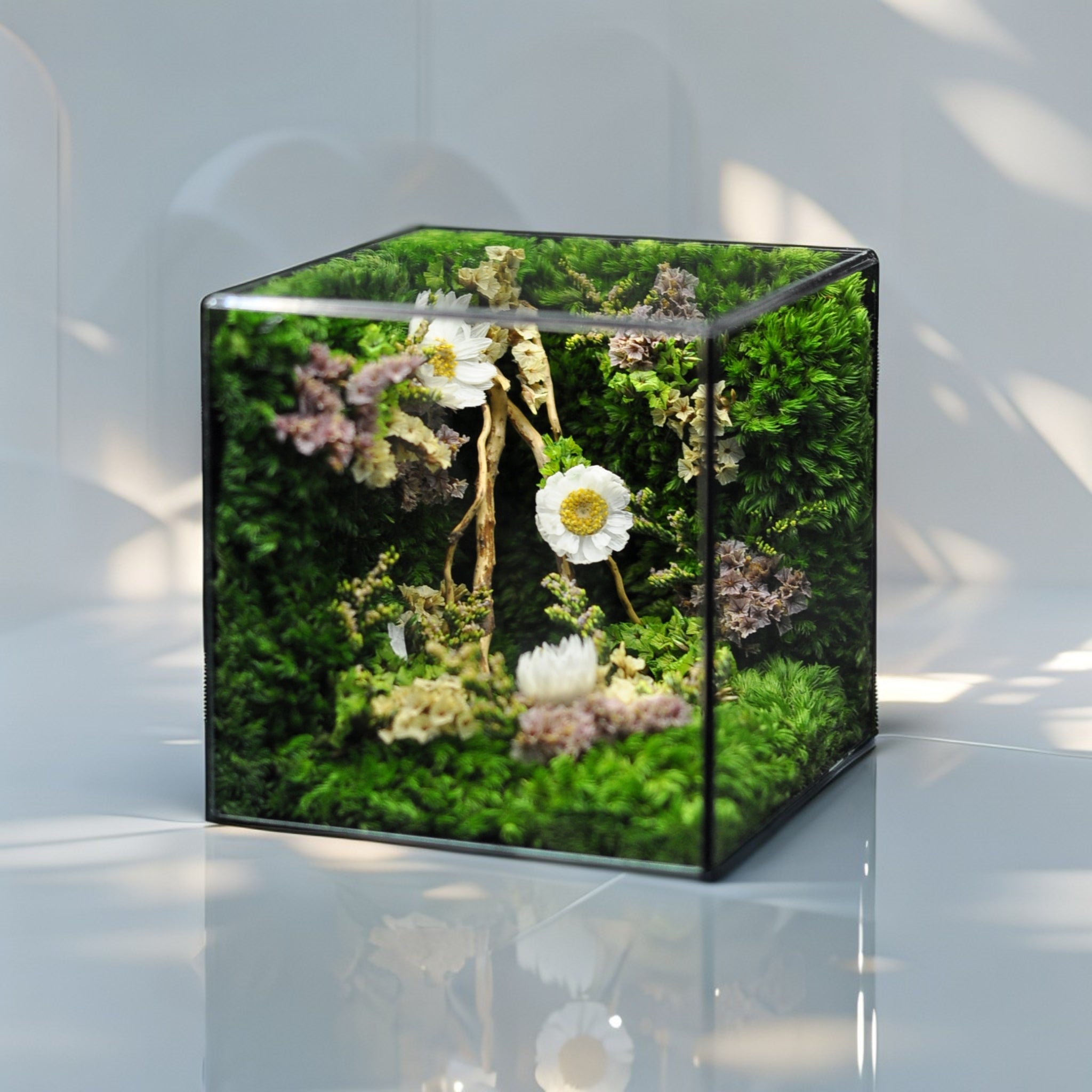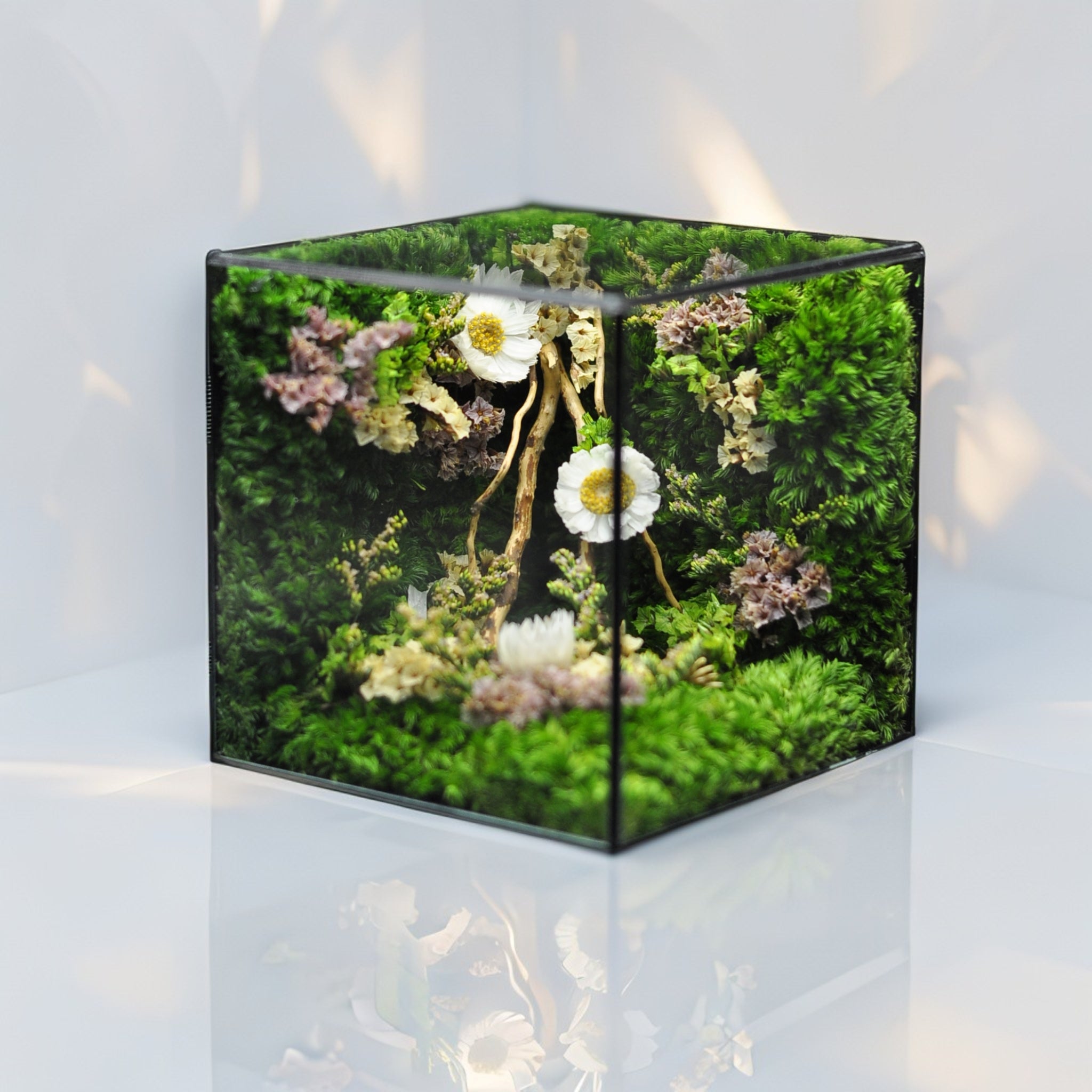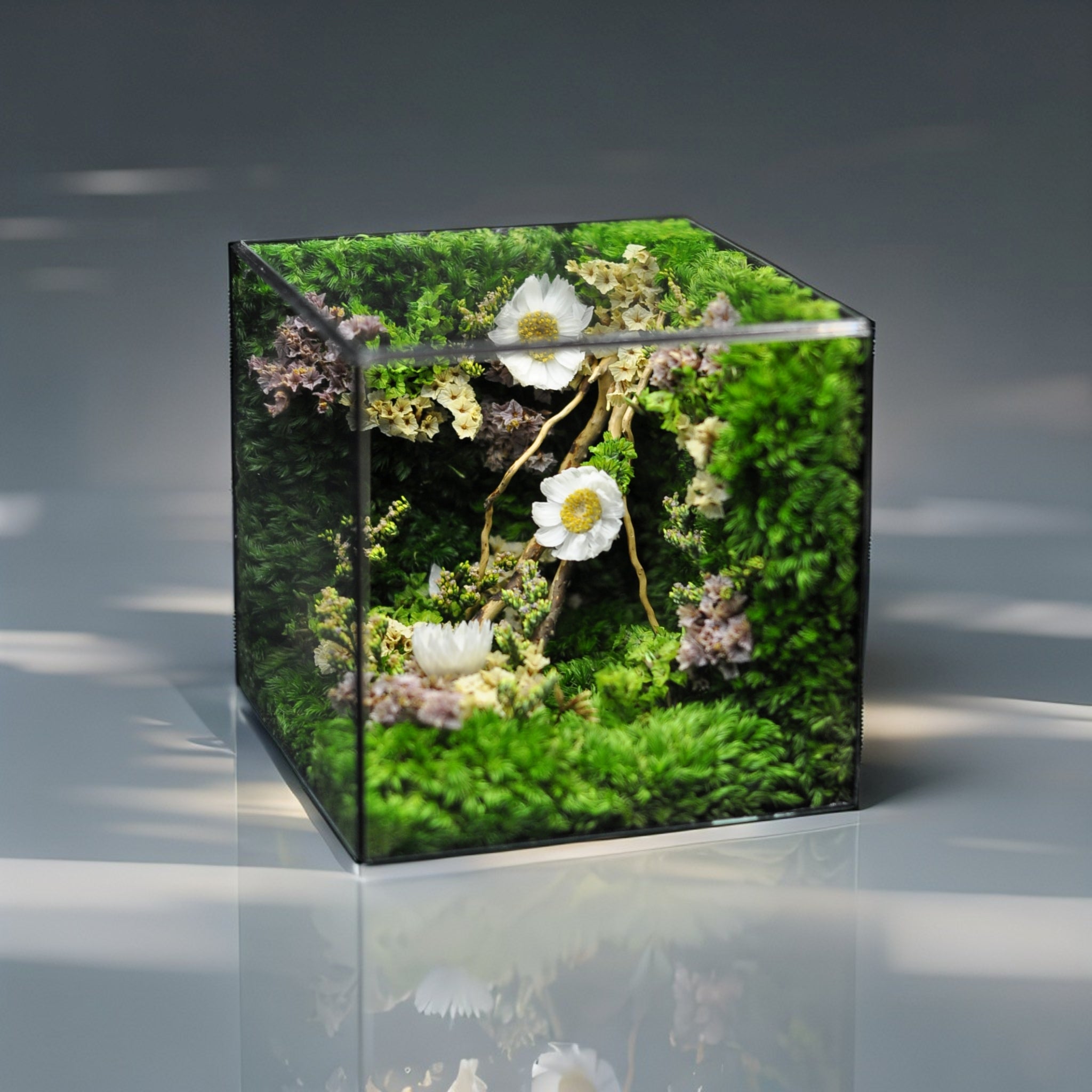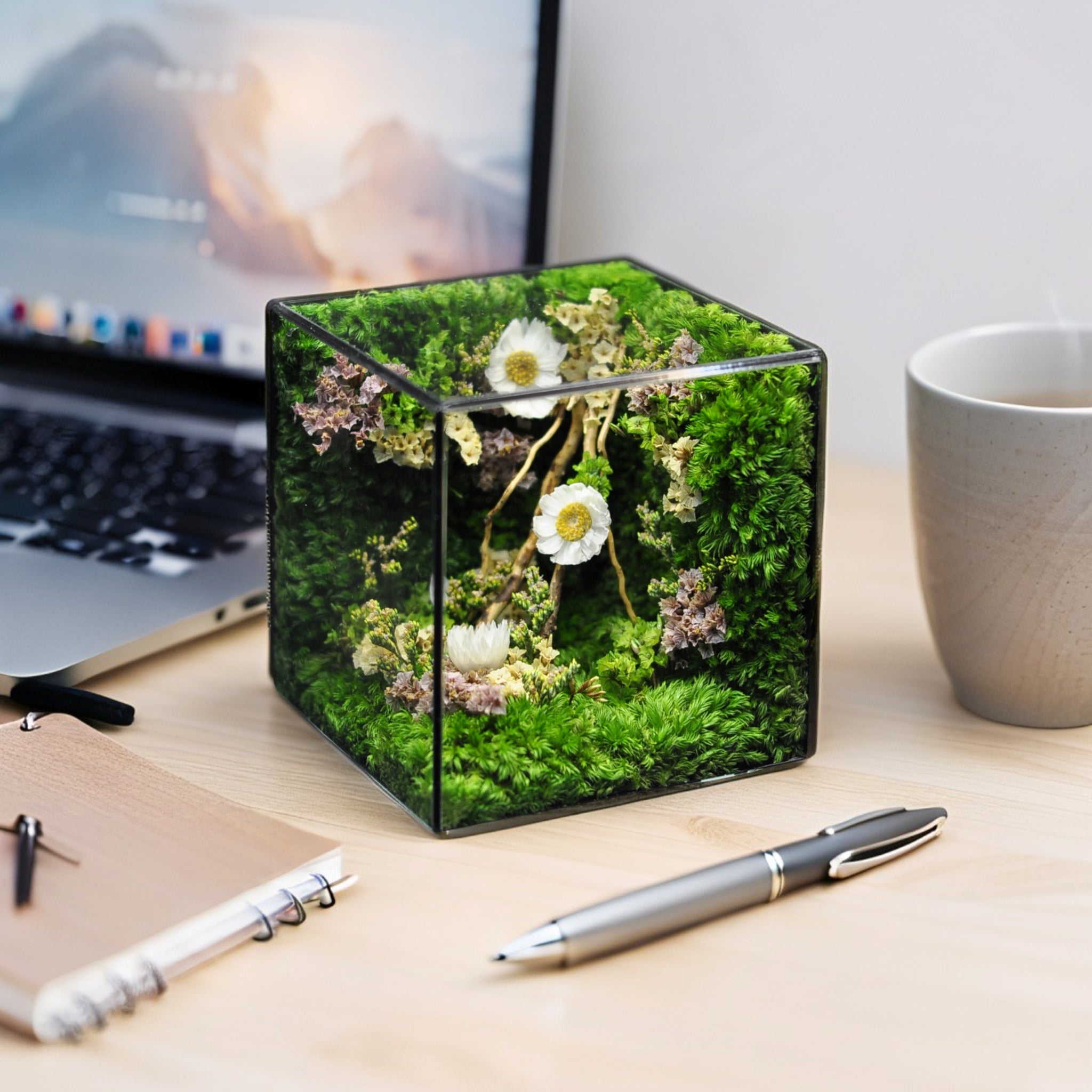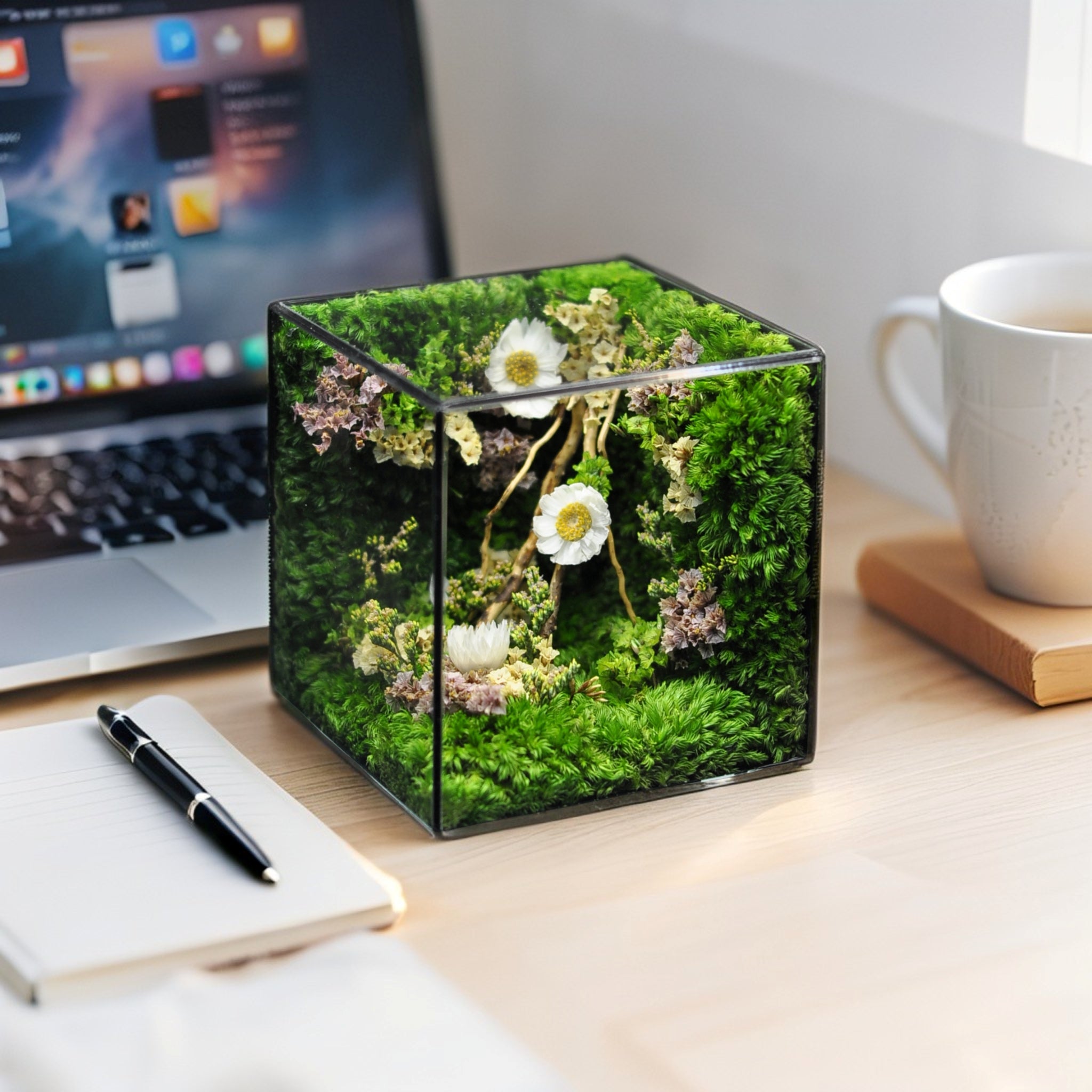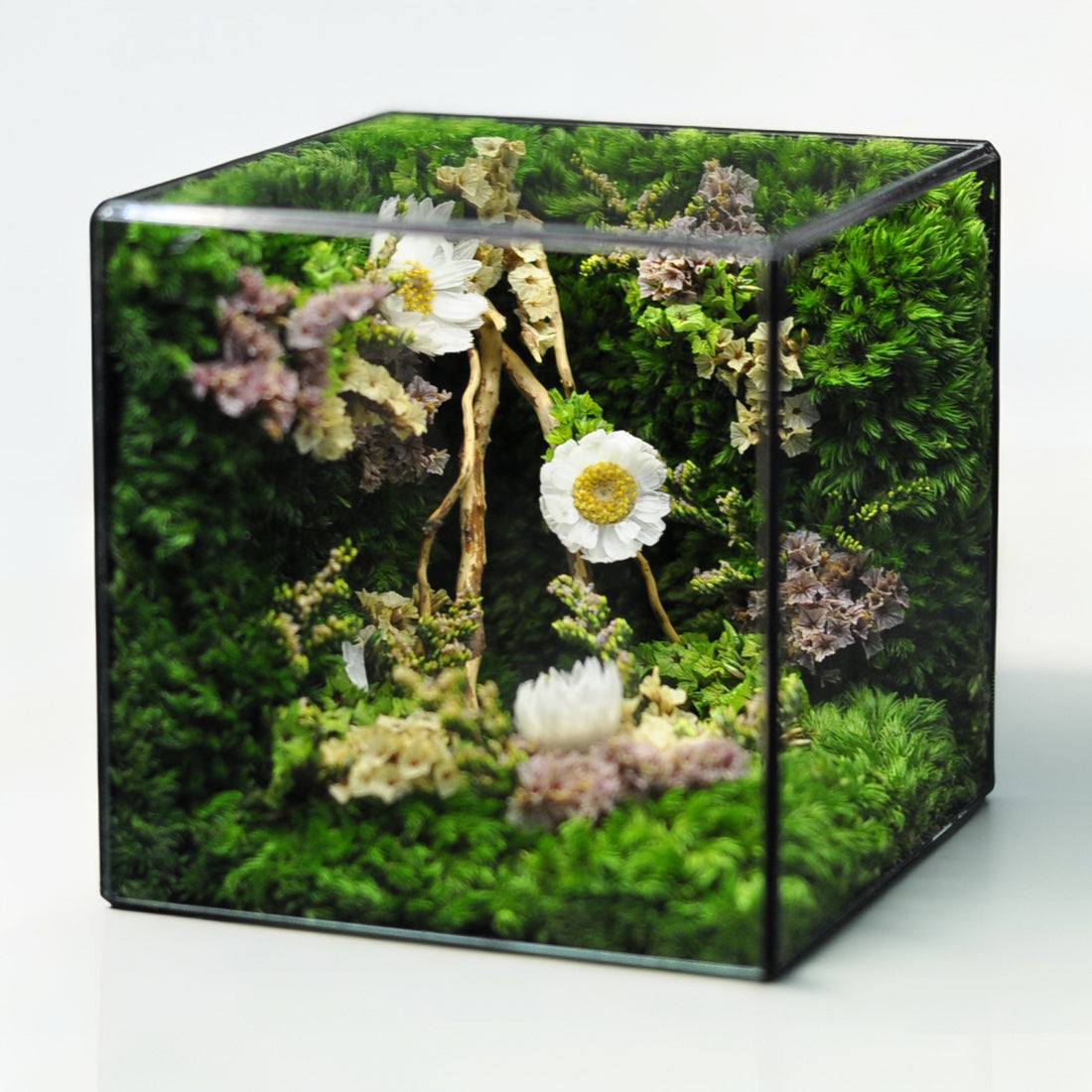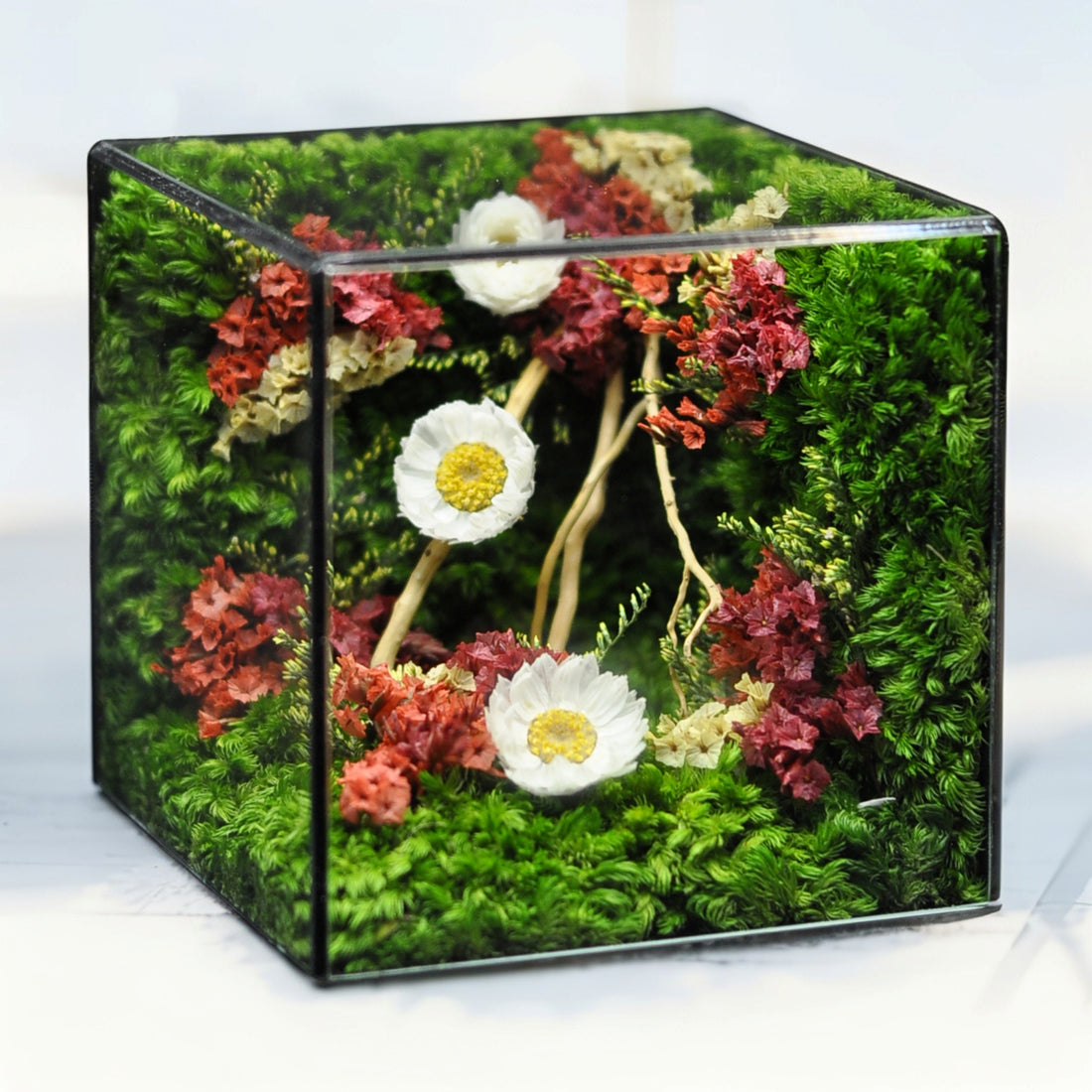Key Takeaways
Building your own DIY terrarium is a rewarding way to add greenery and personality to any space. By choosing the right terrarium tools, containers, plants, and styling elements—and knowing where to shop within your budget—you’ll breeze through setup and end up with a stunning, low-maintenance micro-garden. Here are the key takeaways to guide your terrarium journey, from essential materials to top-rated vendor recommendations.
- Stock up on DIY terrarium tools and materials: Gather containers, layering materials (drainage stones, activated charcoal, potting mix, moss), terrarium tools (tweezers, misters) and decor elements to streamline assembly.
- Select the perfect terrarium container: Decide between open systems (ideal for succulents and cacti) or closed jars (best for humidity-loving plants) based on light exposure and moisture needs.
- Layer for success with proper drainage: Build from bottom up with pebbles to control water, activated charcoal to filter impurities, nutrient-rich soil, and moss to lock in moisture.
- Curate compatible terrarium plants: Choose low-maintenance succulents or humidity-friendly ferns, matching each plant’s light and space requirements to prevent overcrowding.
- Follow a foolproof assembly roadmap: Use a step-by-step tutorial—clean the container, add layers in order, position plants strategically—to avoid common setup pitfalls.
- Style with terrarium decor accents: Elevate your design using stones, driftwood, tiny figurines and harmonious color palettes to reflect personal style and boost visual appeal.
- Compare budget vs premium terrarium kits for smart shopping: Leverage our curated vendor list and tiered cost comparison chart to pick from beginner-friendly DIY kits or high-end supplies that fit your wallet.
With these actionable pointers and purchasing insights in hand, you’re ready to dive into the full guide. Next up: detailed assembly steps, deep dives on plant care, and inspiring styling ideas to help you create a show-stopping DIY terrarium.
Introduction
Creating a living oasis in your home doesn’t have to be daunting—it can be a delightful project that brings nature indoors. DIY terrariums are the perfect way to cultivate a miniature garden that showcases your unique style and personality. Not only are these charming ecosystems enjoyable to assemble, but they also require minimal maintenance, making them ideal for both seasoned plant enthusiasts and beginners alike.
In this comprehensive guide, you’ll discover everything you need to know to embark on your terrarium journey. From selecting the right tools and materials to choosing plants that thrive together, we’ll walk you through each essential step. Plus, with curated vendor recommendations, you’ll find both budget-friendly kits and premium supplies designed to elevate your crafting experience. Let’s dive into the world of DIY terrarium supplies and explore how you can create a stunning, personalized micro-garden.
Gathering Essential Supplies for Your DIY Terrarium
What Supplies Do I Need to Make a Terrarium?
Ready to craft your own mini ecosystem? Gather these core materials for your DIY terrarium project:
- Terrarium Container: A clear glass jar, geometric vessel, bowl, or decorative glass house
- Drainage Stones or Pebbles: 2–3 cm of small rocks to prevent waterlogging
- Activated Charcoal: For moisture filtration and bacterial control
- Potting Mix vs. Cactus/Succulent Mix: Standard potting soil holds moisture; a cactus mix contains extra sand and perlite for superior drainage
- Sheet Moss (e.g., Hypnum or Cushion Moss): Pre-sterilized, it separates soil from glass and retains humidity
- Decor Elements: Driftwood, polished stones, shells, micro-LED string lights, or air-dry clay shapes
- Terrarium Plants: See plant recommendations in a later section
Layering Materials: Drainage Stones, Activated Charcoal, Potting Mix, Moss
To support healthy roots, build each layer with care:
- Stones/Pebbles (2–3 cm layer): A firm base prevents standing water
- Activated Charcoal: Scatter a thin layer to filter impurities and curb odors
- Moss Barrier: Lay sheet moss over charcoal to stop soil from leaching and help regulate moisture. Rinse and press moss firmly into place, trimming excess to fit snugly
- Soil (3–5 cm layer): Use a well-draining terrarium or cactus/succulent mix, leaving enough room for roots
Common Beginner Mistakes: Skipping the moss barrier often leads to soggy soil and root rot.
Essential Terrarium Tools: Tweezers, Misters, Terrarium Tools Kit
Precision matters in a mini garden. Equip yourself with:
- Long Tweezers or Planting Sticks: For delicate placement
- Scoop or Spoon: To layer soil neatly
- Spray Mister: Provides gentle, even watering
- Gloves: Keeps hands clean and plants safe
- Moisture Meter or Hygrometer: Reads soil dampness and air humidity
- Humidity Dome (Optional): Helps raise moisture in closed setups
- Full Terrarium Tool Kit: Often includes scoop, rake, brush, and pruning shears for detailed styling
Your essential terrarium tools will also help you execute intricate terrarium decor designs with precision.
Terrarium Decor Elements for Styling
Elevate your glass garden with these styling ideas:
- Natural Accents: Driftwood, polished river stones, quartz fragments
- Miniature Figurines: Tiny animals, gnomes, or fairy-house accessories
- Colorful Additions: Layered sand stripes, colored glass beads, or moss art
- Trending Touches: Micro-LED string lights for a soft glow and custom air-dry clay shapes to personalize
- Faux or Preserved Elements: Small faux succulents or preserved moss for low-maintenance flair
With all supplies at hand, let’s choose the perfect container to house your tiny ecosystem.
Choosing the Right Terrarium Container
Difference Between Open vs. Closed Terrariums
Open terrariums lack lids, offering excellent airflow—ideal for succulents and cacti. Closed terrariums seal in moisture, creating a self-sustaining, humid microclimate perfect for ferns and tropical plants.
Selecting a Terrarium Container Based on Light and Moisture Needs
- Open Containers: Place in bright, indirect light; allow substrate to dry between waterings
- Closed Containers: Opt for moderate, filtered light; avoid direct sun to prevent overheating; minimal watering as moisture recycles
Terrarium Container Materials, Shapes & Sizes
- Wide-Mouthed Glass Jars: Easy access for pruning and cleaning
- Geometric Glass Vessels: Stylish angles and varied light exposure
- Shallow Bowls: Best for open designs with low-growing succulents
- Tall Cylinders: Provide depth for root systems and taller plant varieties
Now that you’ve picked a container, proper layering will ensure a thriving environment.
Layering Your Terrarium for Success
Step-by-Step Layering Materials (Layering Techniques)
- Ensure the container is clean: Wash with mild soap, rinse thoroughly, and air-dry
- Drainage Layer: Add 2–3 cm of pebbles or stones; level to avoid water pockets
- Charcoal Layer: Sprinkle a thin coat to filter water and toxins
- Moss Barrier: Position pre-sterilized sheet moss; press edges to seal
- Soil Layer: Fill with terrarium or cactus/succulent mix, leaving 2–3 cm from the rim
Tips for Proper Drainage and Moisture Control
- Keep the stone layer level to prevent water pooling at the sides
- Replace charcoal annually or if you detect musty odors
- Use a moisture meter or finger test—soil should feel slightly damp, never soggy
- Ventilate closed terrariums after a week to prevent mold buildup
Next, let’s select and arrange the perfect plants for your glass garden.
Selecting and Arranging Terrarium Plants
Terrarium Plants for Open Systems: Succulents & Cacti
Succulents thrive in bright light and dry air. Top picks include:
- Echeveria varieties for rosette patterns
- Haworthia species with striking stripes
- Tillandsia (air plants) nestling in rock crevices
- Petite Cacti (e.g., Mammillaria) for spiky texture
What Plants Are Best for a Closed Terrarium?
Closed setups love humidity. Consider:
- Button Fern (Pellaea rotundifolia) with delicate fronds
- Maidenhair Fern (Adiantum) for lacy textures
- Fittonia (Nerve Plant) for vibrant leaf veins
- Mini Orchids (e.g., Phalaenopsis seedlings) for rare blooms
Can Succulents Survive in a Closed Terrarium?
Generally, no. Succulents need well-draining soil and low humidity. In sealed containers, excess moisture leads to rot—stick to open terrariums or ensure adequate ventilation.
Plant Placement Strategies to Prevent Overcrowding
- Group plants by water needs into distinct “islands.”
- Place taller pieces toward the back or center to create depth.
- Leave 1–2 cm between plants for air circulation and growth.
- Rotate your mini ecosystem regularly for even light exposure.
Ready to bring everything together? Here’s your full assembly tutorial.
Step-by-Step DIY Terrarium Assembly Tutorial
Cleaning and Preparing the Container
Scrub the glass inside and out with mild soap, rinse well, and let air-dry completely to prevent residue from harming plants.
Adding Layers in Order: From Drainage to Planting
- Build your pebble, charcoal, moss, and soil layers as outlined.
- Use a spoon or stick to create planting cavities in the soil.
- Gently set each plant with tweezers or hands, handling roots carefully.
- Press soil around roots to secure every specimen.
Positioning Plants and Final Touches
Place driftwood or stones for structure, add figurines, and tuck micro-LED lights along the back wall if desired. Add a subtle dusting of colored sand for contrast.
How Often Should I Water My Terrarium?
- Open Terrariums: Mist or water lightly every 1–2 weeks, depending on room humidity and temperature. [VERIFY FACT: watering frequency may vary with environmental conditions]
- Closed Terrariums: Lightly mist every 3–4 weeks to maintain humidity—watch for condensation build-up.
- Wipe glass gently with a soft cloth to remove algae or dust.
Your terrarium is assembled—let’s style it.
Styling & Terrarium Decor Tips
Natural Accents: Stones, Driftwood, Tiny Figurines
Enhance organic appeal with smooth river stones, gnarled bark pieces, or whimsical miniatures—each adds character to your miniature world.
Harmonious Color Palettes and Design Themes
- Monochrome: Layer textures in shades of green or gray for a serene effect.
- Jungle Vibe: Mix lush greens, teak accents, and tiny tropical ornaments.
- Desert Scene: Combine sandy gravel, muted cacti, and rustic figurines.
Creative Decor Ideas to Reflect Personal Style
- Spell names or shapes with moss on the soil surface.
- Hang micro-planters inside a larger vessel for cascading greenery.
- Incorporate air-dry clay art pieces painted to match your room.
Did you know? Micro-LED string lights can run on tiny solar panels for a sustainable glow.
Curated DIY Terrarium Kits & Buying Guide
Best DIY Terrarium Kits for Beginners
If you’re searching for the best diy terrarium kits for beginners, these handpicked sets deliver quality, ease, and style:
-
GreenThumb Starter Kit
Pros: Includes live succulents, budget-friendly ($25–40)
Cons: Basic tools, minimal decor -
Urban Jungalow Glass Geometric Kit
Pros: Trendy container, complete terrarium tool kit
Cons: Plants sold separately (potting mix and decorations included) -
BotanicEase Premium Ecosphere Kit
Pros: High-end materials, comprehensive instructions, decorative accents
Cons: Higher price point ($60–120)
Budget vs Premium DIY Kits: Tiered Cost Comparison Chart
Tiered Cost Comparison Chart
| Kit Type | Price Range (2023 US Retail) | Key Components Included ||----------|-------------------------------|-------------------------------------------------------------------|| Budget | $25–40 | Glass container, stones, soil, charcoal, basic terrarium tools || Premium | $60–120 | Designer container, full tool set, curated plant selection, decor |
As of 2023 U.S. retail prices; regional differences apply.
Kit Components: Tools, Materials & Terrarium Plants
- Tools: Tweezers, scoop, brush, pruning shears
- Materials: Drainage rocks, activated charcoal, specialized soil mix
- Plants: Succulents or tropical cuttings, secured in protective packaging
- Décor: Moss mats, figurines, decorative gravel
Top Vendors & Where to Shop for Terrarium Supplies
- The Sill: Renowned for premium plants and chic containers. “Their vibrant succulents lasted six months without issue,” says one customer.
- H Potter Plants: Eco-friendly packaging and unique glass terrariums; a gardener favorite for sustainable style.
- Amazon Handmade: Artisanal kits and one-of-a-kind pieces from small creators.
For in-depth care tips, consult the Royal Horticultural Society’s succulent care guide.
Whether you build from scratch or use a kit, ongoing care ensures long-term success.
Expert Tips, Troubleshooting & Maintenance
Common Terrarium Issues and Solutions
- Excess Condensation: Remove the lid briefly, increase ventilation.
- Algae Growth: Wipe glass, reduce watering.
- Yellowing Leaves: Check for overwatering or insufficient light.
Common Beginner Mistakes: Overwatering, overcrowding plants, and neglecting routine ventilation often lead to mold and poor growth.
Did you know? A single teaspoon of charcoal can keep smaller terrariums fresh for up to a year.
Ongoing Care: Light Requirements & Watering Best Practices
- Rotate open terrariums weekly for even sunlight.
- Keep closed terrariums in bright, indirect light; shield from direct sun to avoid overheating.
- Use a moisture meter or finger test—aim for slightly damp soil, not saturation.
Long-Term Maintenance: Pruning & Plant Health Checks
Seasonal Maintenance Checklist
- Spring Refresh: Dust glass, prune overgrown foliage, reapply a thin soil top layer.
- Summer Care: Increase ventilation during hot spells, check moisture more frequently.
- Fall Assessment: Remove decaying leaves, replace charcoal if odors appear.
- Winter Pause: Reduce watering, minimize misting to match slower growth.
When I first assembled a closed fern terrarium in my bedroom, it flourished for 18 months with just seasonal pruning and light misting—proving that a little attention goes a long way.
Your DIY terrarium is now a vibrant, living piece of decor. Enjoy nurturing your tiny glass garden and watch it thrive!
Conclusion
Creating your own DIY terrarium is not just an enriching craft; it serves as a living reminder of nature's intricacies within your space. From selecting the right container and layering essential materials to incorporating suitable plants and decor, each step plays a pivotal role in building a thriving ecosystem. The insights provided highlight the importance of careful preparation and ongoing maintenance, such as proper watering techniques and seasonal care.
By utilizing the core principles outlined in this guide and avoiding common pitfalls like overwatering and overcrowding, you can enjoy a flourishing terrarium that brings beauty and tranquility to your environment. Whether you opt for a starter kit or craft from scratch, the journey of assembling and nurturing your terrarium not only cultivates your creativity but also deepens your appreciation for plant care in a compact format.
As you embark on this green endeavor, consider how each choice you make resonates with the broader environmental themes of sustainability and mindfulness—a testament to the beauty of creating life in miniature form. Happy planting!
Frequently Asked Questions (FAQ)
Q: What supplies do I need to make a terrarium?
A: You need a clear glass container (jar, geometric vessel, bowl, etc.), 2–3 cm of drainage stones or pebbles, activated charcoal, a well-draining potting or cactus/succulent soil mix, pre-sterilized sheet moss, decorative elements (driftwood, stones, micro-LED lights, clay shapes) and your chosen terrarium plants.
Q: What is the difference between open and closed terrariums?
A: Open terrariums lack lids, offering airflow ideal for succulents and cacti. Closed terrariums seal in moisture, creating a humid, self-sustaining microclimate best suited to ferns and tropical plants.
Q: What essential layers should I include in my terrarium, and in what order?
A: Layer in this order: 2–3 cm of stones or pebbles for drainage, a thin layer of activated charcoal to filter impurities, pre-sterilized sheet moss as a barrier, then 3–5 cm of terrarium or cactus/succulent soil mix.
Q: What tools do I need for precise terrarium assembly?
A: Essential tools include long tweezers or planting sticks, a scoop or spoon for soil, a spray mister for gentle watering, gloves, a moisture meter or hygrometer, and optionally a humidity dome. A full kit often adds a rake, brush, and pruning shears.
Q: What plants are best for a closed terrarium?
A: Closed terrariums thrive with humidity-loving plants such as Button Fern (Pellaea rotundifolia), Maidenhair Fern (Adiantum), Fittonia (Nerve Plant), and mini orchids (e.g., Phalaenopsis seedlings).
Q: Can succulents survive in a closed terrarium?
A: Generally, no. Succulents require well-draining soil and low humidity. In sealed containers, excess moisture leads to rot. They perform best in open terrariums or very well-ventilated setups.
Q: How often should I water my terrarium?
A: For open terrariums, mist or water lightly every 1–2 weeks, adjusting for room humidity and temperature. Closed terrariums need a light mist every 3–4 weeks—watch for condensation—and occasional glass cleaning to prevent algae.

